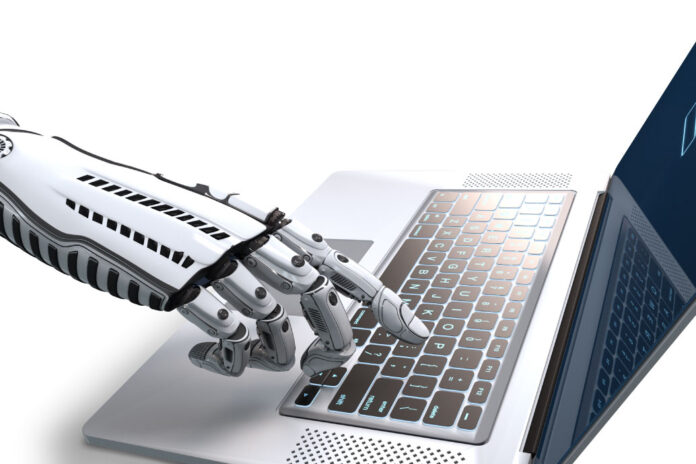The use of Artificial Intelligence (AI) in marketing is revolutionizing how brands and influencers connect with audiences. But how is this technology applied in Brazil compared to the United States? What are the differences and similarities between these two markets?
According to Fábio Santos, CEO of LaunchPad Digital – an AI platform specialized in digital marketing -, the answer lies in technological maturity, application focus, and the cultural particularities of each country.
In the US, large corporations invest billions of dollars in AI research and development. Companies like Amazon, Google, and Meta drive the sector, making advanced tools more accessible and widely used in digital marketing.
In Brazil, growth is also significant: according to research by the Boston Consulting Group (BCG), 98% of companies in Brazil use AI, leading adoption in Latin America, but only 26% derive business value from the technology. However, challenges like technological infrastructure and data quality still limit the implementation of sophisticated solutions on a large scale.
Focus on application
While in the US, AI is used for advanced personalization, predictive analysis, and omnichannel campaign automation, in Brazil, the technology is more geared toward practical and accessible solutions: chatbots, audience segmentation, and automated content generation are some of the main trends, helping brands optimize costs and expand reach.
Culture and approach
Another contrast is that marketing in the US tends to be highly results-driven, with data-based strategies and efficiency. In Brazil, campaigns place more value on engagement and emotional connection with the audience. This directly impacts the use of AI in message personalization and experience creation.
Despite the differences, both markets share some essential trends:
- Creative Automation: AI is widely used in both countries to create personalized texts, images, and videos;
- Real-time personalization: companies use AI to adapt campaigns based on consumer behavior, maximizing engagement;
- Influence Marketing: AI tools help identify ideal influencers by analyzing engagement and behavioral data for more effective campaigns.
“The differences reflect the specific needs of each. While the US leads in technological innovation, Brazil stands out in creativity applied to technology,” concludes Fábio.


